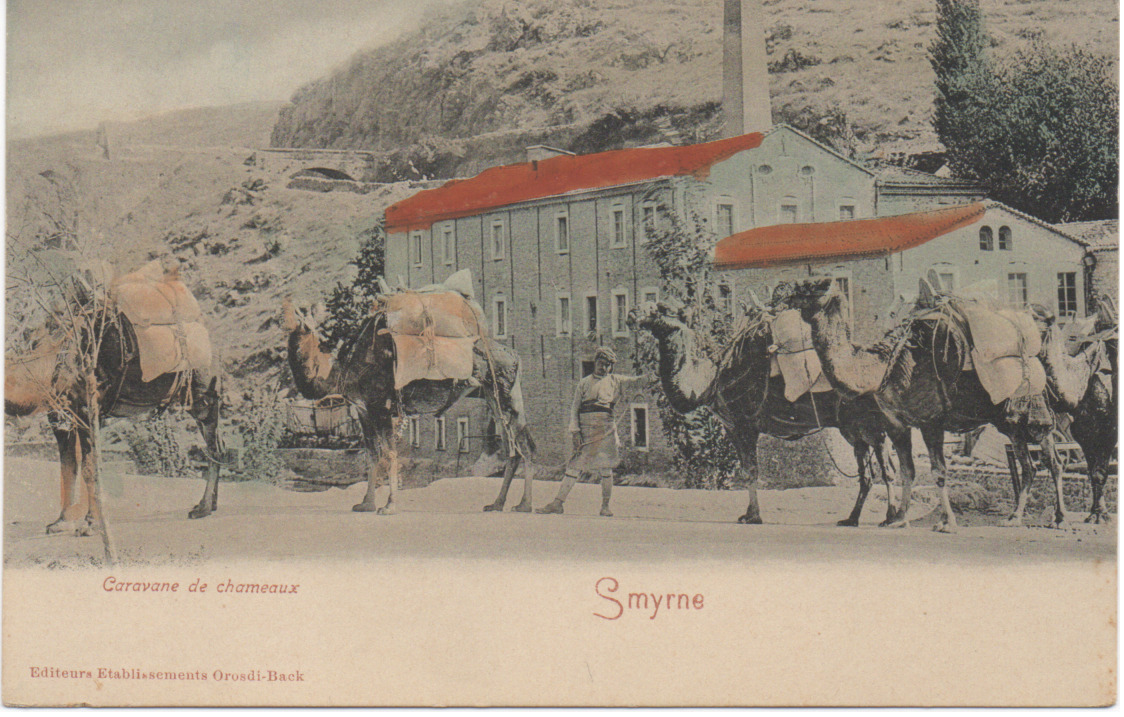
The temporary exhibition “Smyrna in the early 20th century.Through the eyes of the Byzantinist Georgios Lampakis” is inaugurated on Thursday, December 22 at 18:30 at the Byzantine and Christian Museum. The exhibition is co-organized by the Interdepartmental Postgraduate Programme “Cultural Heritage Management: Archaeology, City and Architecture” and the Byzantine and Christian Museum.
The Lampakis Family Archives, a valuable source for the Asia Minor Greek communities before 1922, provides the majority of the exhibits, to which objects of the BCM Collections are added.
The Lampakis Family Archives encompass the archives of the Lampakis family members, who have been playing an essential role in Greek society since the late 19th century. The archive of the Byzantinist Georgios Lampakis, in particular, contains a plethora of information on the monuments as well as the Greek communities of Asia Minor of the early 20th century. The Archives, a significant tool for researchers, constitute a collection of individual archives, such as the Inscription Archive that preserves Greek inscriptions, originally found in churches and objects, now forever lost; the Correspondence Archive, consisting of letters by important agents of the Greek communities that shed light on the problems, the anxiety and the differences between the Greeks in the region; and the Archive of Journals from the journeys of Georgios Lampakis, which he did not succeed in publishing in his lifetime, and concern mainly Christian monuments of all periods. Georgios Lampakis, also on account of his position as Queen Olga’s private Secretary, aimed to act as an intermediary between the Greek State and the Asia Minor Greeks.
The exhibition is a collaborative undertaking with multifaceted effects.
Necati Cumali (1921–2002) in his poem “Dedication” of 1983 characteristically maintains that “… if cities are to live in our memory, they will do so with their loves …”. This return, therefore, to the vivid and carefree memories, people’s social relations, and the recollection of experiences make up the starting point for this show. Simultaneously, this project serves as an educational workshop for the students of the Interdisciplinary Course of the Interdepartmental Postgraduate Programme of the University of Athens “Cultural Heritage Management: Archaeology, City and Architecture”. In this context, students find themselves confronted by the mounting of a temporary exhibition under real circumstances, in collaboration with the experienced staff of the Byzantine and Christian Museum. Based on multisensory experience, a modern museological and museographical approach is put forth that combines: historical archival evidence, digital audio-visual material, and a pop version of Smyrna through a graffiti created by the young artist Soteur – Sotiris Fokeas.
The exhibition uses the archive of the Byzantinist Georgios Lampakis as a vehicle for depicting Smyrna, the capital of Ionia, its society, monuments and people as an exemplar among the rest of Asia Minor cities. At first, the work and personality of Georgios Lampakis are delineated, and the broader historical and socio-political circumstances of his activity are outlined. The next point of interest for visitors is Asia Minor and the way Georgios Lampakis saw the region through his book Οι Επτά Αστέρες της Αποκαλύψεως (The Seven Stars of the Apocalypse). Smyrna, its buildings, society and people are presented through letters, newspapers, photographs and postcards of the early 20th century. The last part of the exhibition deals with Georgios Lampakis’s perception of Asia Minor monuments, ancient and byzantine, as he documents them; the martyrdom site of Saint Polycarp, identified as a place of memory for the city’s Greek community; the significance of Greek inscriptions and, finally, the role which archaeology played in the context of the Great Idea (Megáli Idéa). The Archive of Georgios Sotiriou, kept at the Byzantine and Christian Museum, enabled us to expand the exhibition narrative to the period before the 1922 Catastrophe, as he directed excavations in the region of Smyrna during its occupation by the Greek Army.
Opening of the exhibition
Thursday 22nd of December 2022, at 18.30
Duration: 23rd of December 2022 until 30th of April 2023
Opening hours: Wednesday to Monday, 08:30-15:30,
Tuesday: Closed


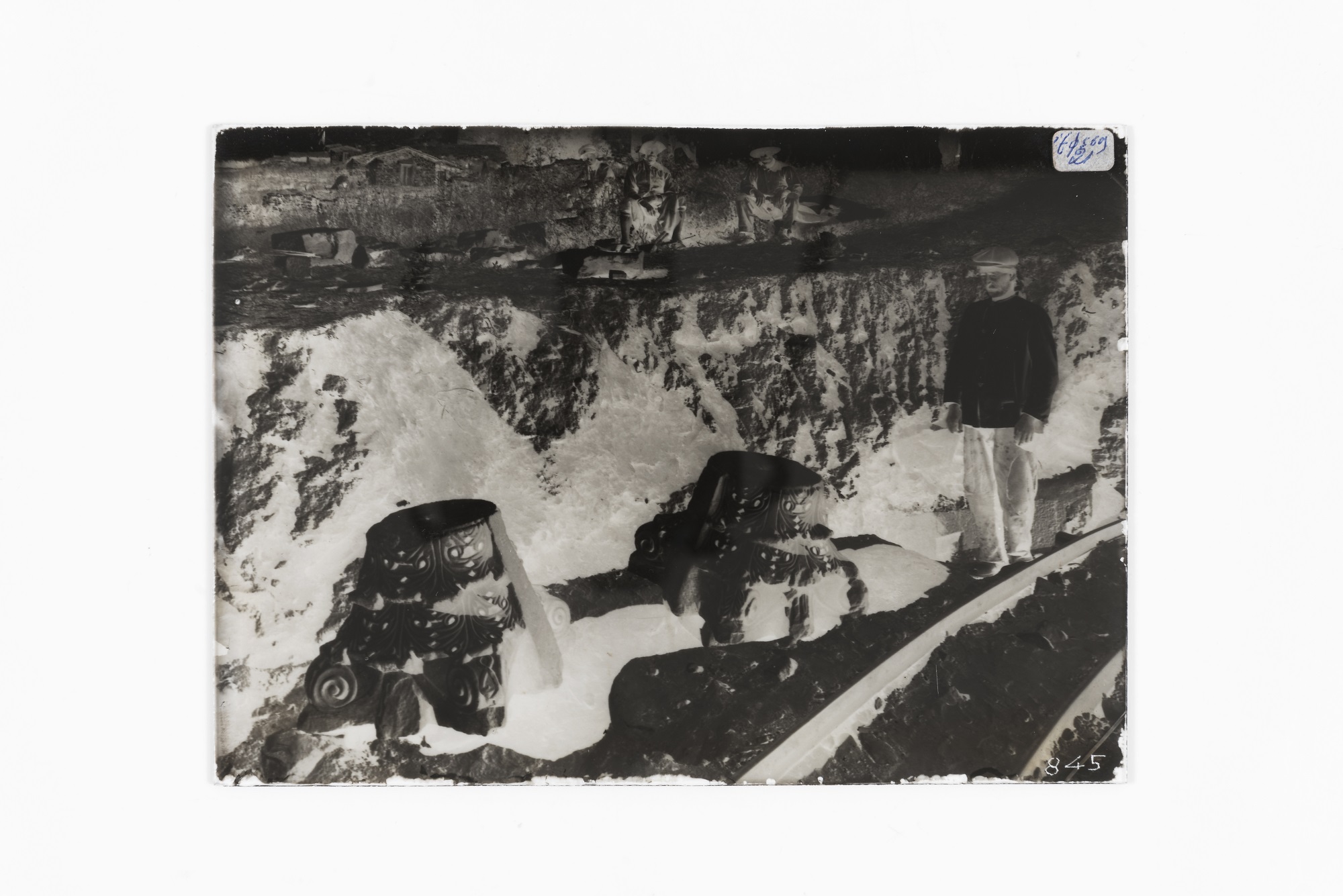

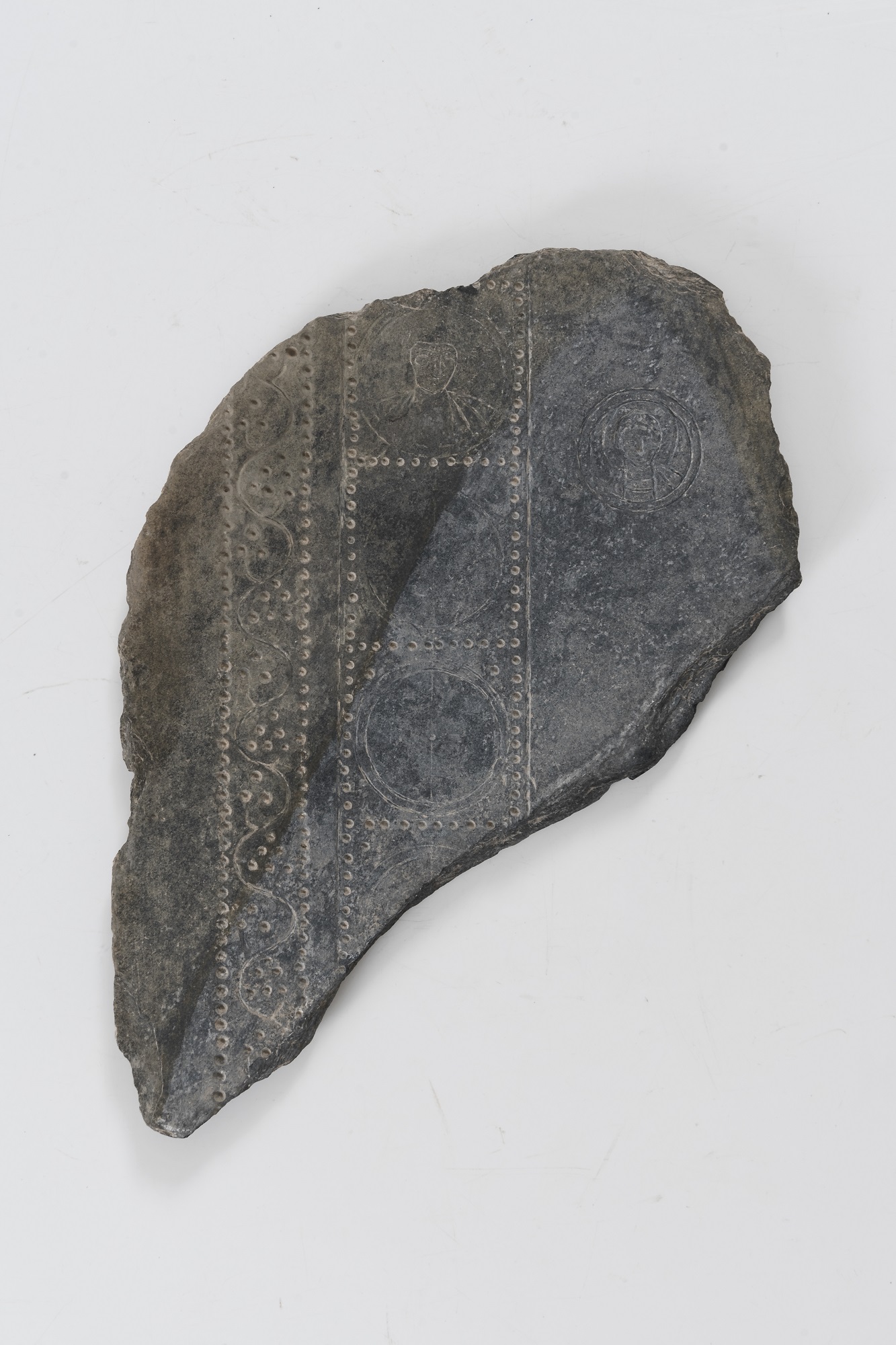

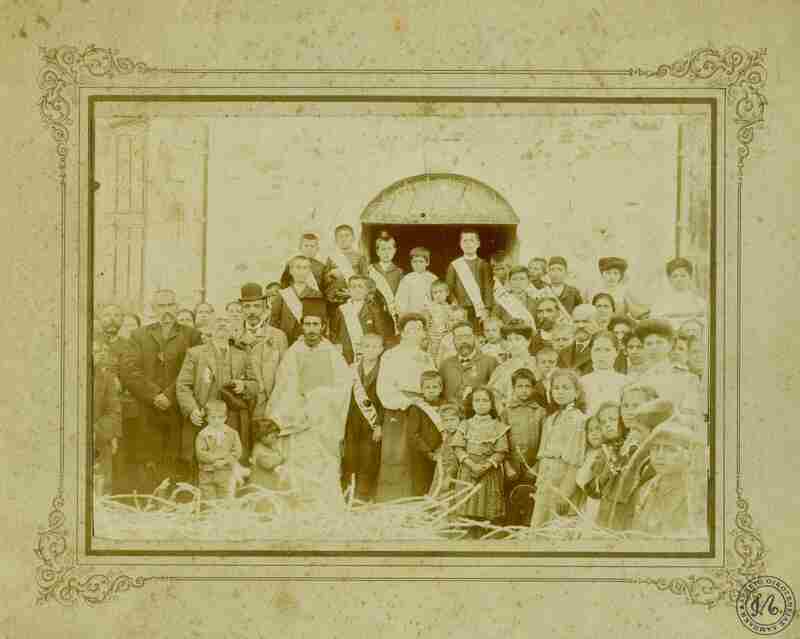
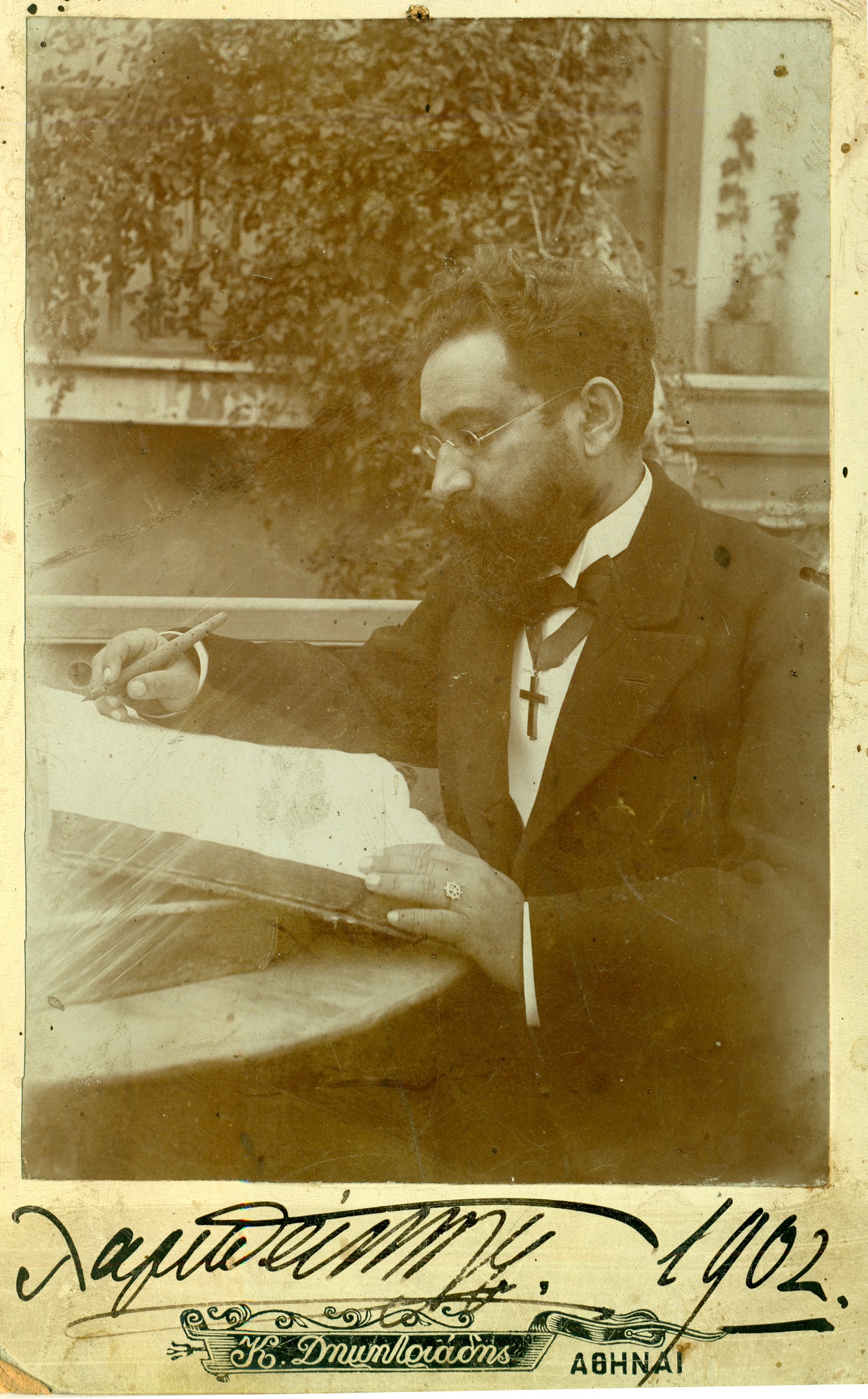
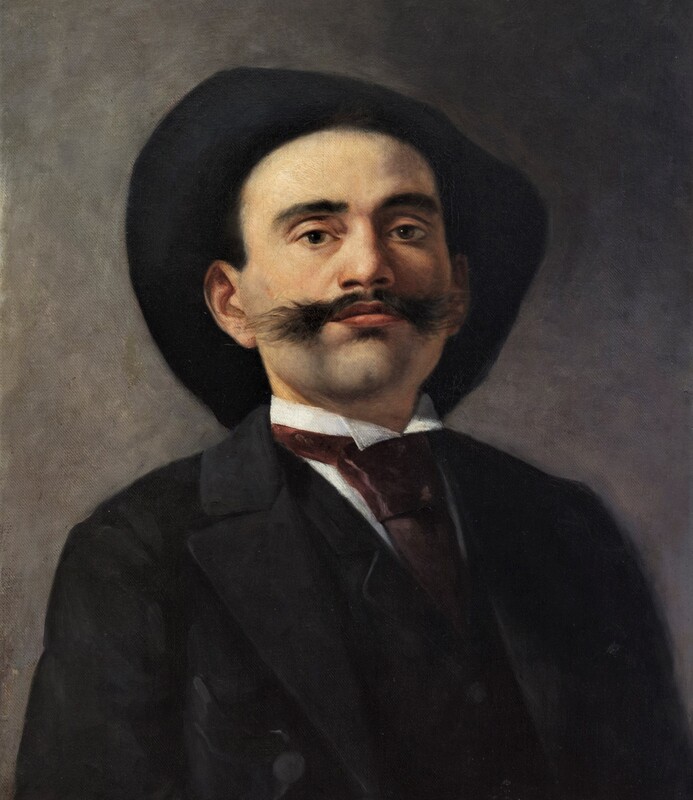
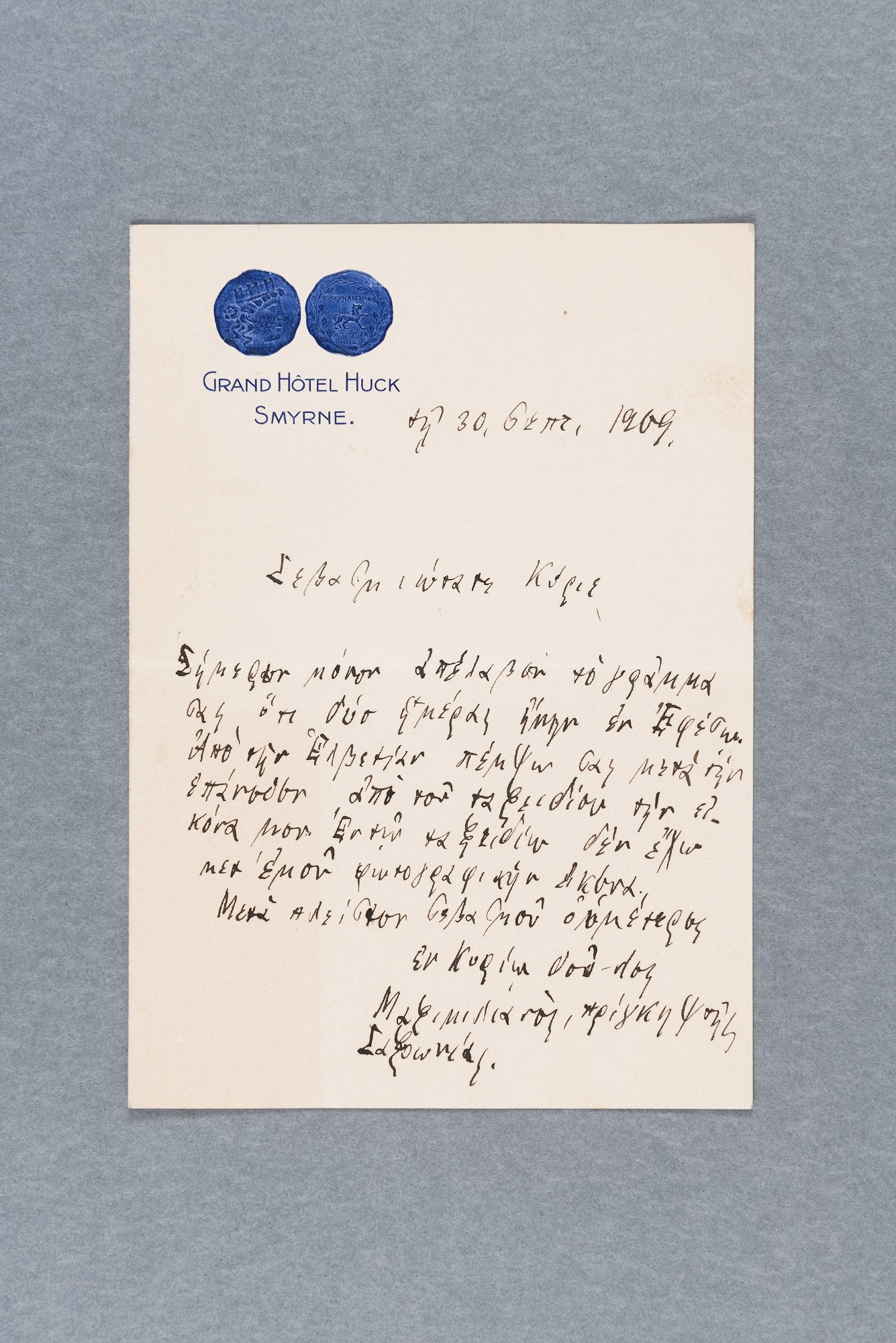
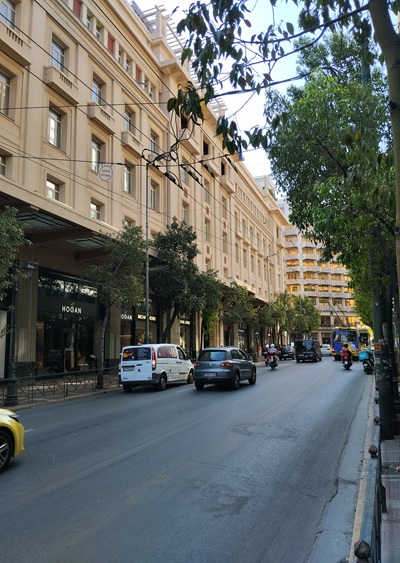
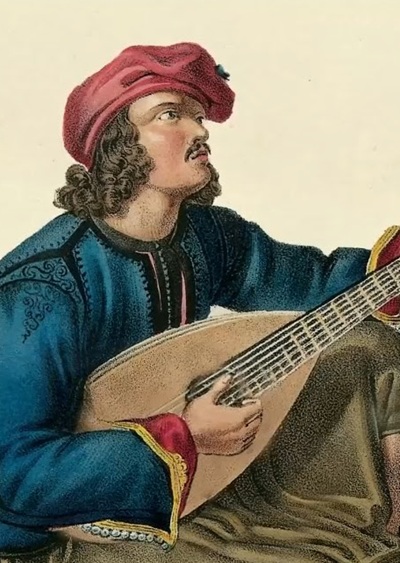
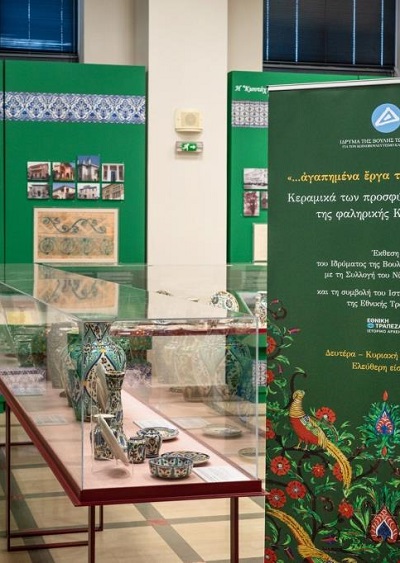



Leave A Comment